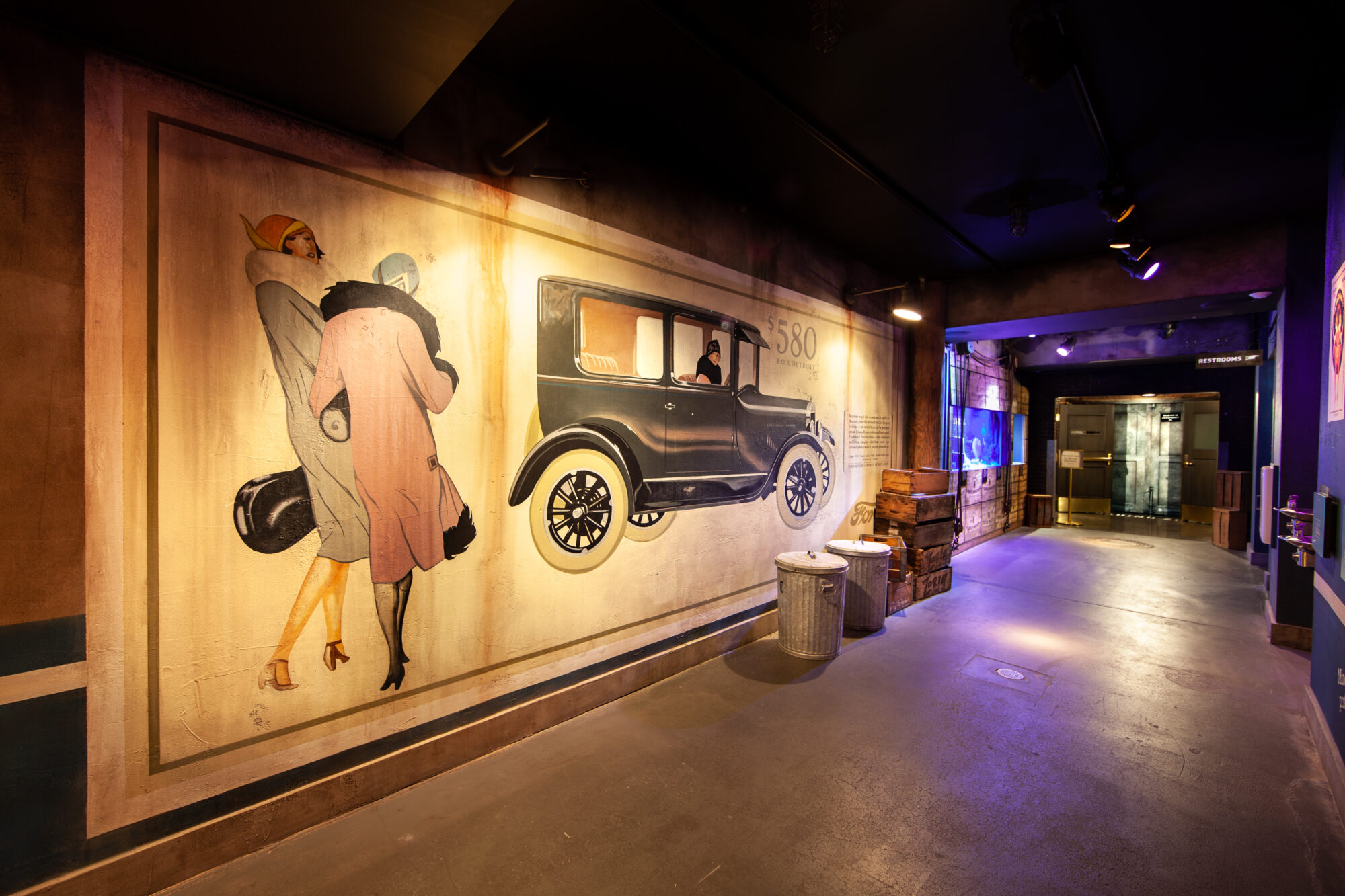Overview
When Prohibition took effect in 1920, temperance advocates celebrated as America’s saloons, distilleries and breweries closed. But Prohibition didn’t end alcohol consumption or production. It merely drove the industry underground — and into the hands of organized crime. Speakeasies sprang up in the basements of homes and the backrooms of stores and restaurants. Bootleggers produced liquor and beer covertly. Quantity was more important than quality, as the process was rushed to meet demand. Rumrunners smuggled in the good stuff from Europe, Canada and the Caribbean. Law enforcement could not keep up with America’s simple desire to enjoy an intoxicating beverage.





